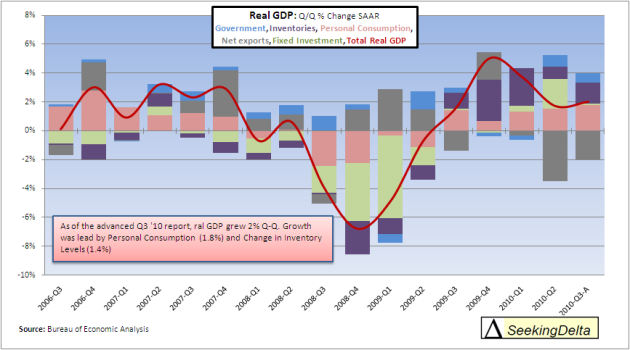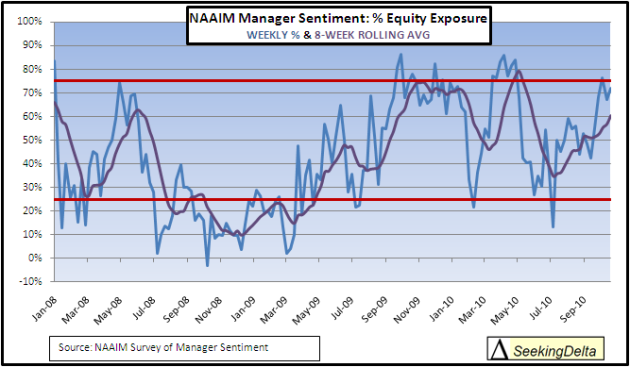Quote of the Day:
Do not seek to follow in the footsteps of the wise. Seek what they sought. ~ Basho
Join 40 other subscribers
Recent Posts
- Thanks and Farewell
- Weekend Reading
- Sentiment Update: Slight Decline but Still Bullish
- Taibbi: Why Isn’t Wall Street in Jail?
- Weekend Reading: A Day Late Edition
- Thoughts on Fixed Income Portfolio Positioning
- Sentiment Update: Active Managers Betting the Rally Will Continue
- Discount to the Value Investing Congress
- Ben Bernanke: Taking Credit for the Good and Not the Bad
- Weekend Reading
Finance Blogroll
- Abnormal Returns
- Behavioural Investing
- Casey Research
- Crestmont Research
- dshort.com
- Econoday
- GuruFocus
- Infectious Greed
- Investment Postcards from Cape Town
- Jeff Matthews Is Not Making This Up
- John Hussman
- John Mauldin
- Mish
- Musings on Markets
- Pragmatic Capitalism
- Risk and the Smart Investor
- Seeking Alpha Profile
- Simoleon Sense
- The Aleph Blog
- The Big Picture
- The Kirk Report
- ValueWalk
- Zero Hedge
Non-Finance Blogroll
Archives
AAI
AAII
Balance Sheet
Berkshire Hathway
Bernanke
Bill Gross
Brazil
C
Canada
Charlie Munger
Chicago PMI
China
Commodities
Consumer Sentiment
contrarian
Debt
Deficit
Deflationary
Durable Goods
Earnings
Economic Indicators
Efficient Market Hypothesis
Employment Costs
Federal Reserve
GDP
Groupthink
Growth
GS
Hussman
Inflation
Input Prices
investing
Investor sentiment
Japan
Jeff Matthews
Jerome Kerviel
JPY
Labor Force
Lending
Macro
Margin Compression
Market Timing
Monthly Mortgage Rate Resets
NAAIM
New Home Sales
NFIB
Nikkei
P/E Ratio
Paul Krugman
Personal Income
Primary Balance
Profit Margin
Put/Call Ratio
Q1 Earnings
QE
QE1
QE2
Random Walk
Regulation
Robert Shiller
Rouge Trader
S&P500
S&P 500
Sentiment Survey
Small Business
Supply-Side Economics
Trading Volume
Unemployment
USD
Value investing
Wall Street
Warren Buffett
Weekend Reading
WFC
Wisdom of Crowds





